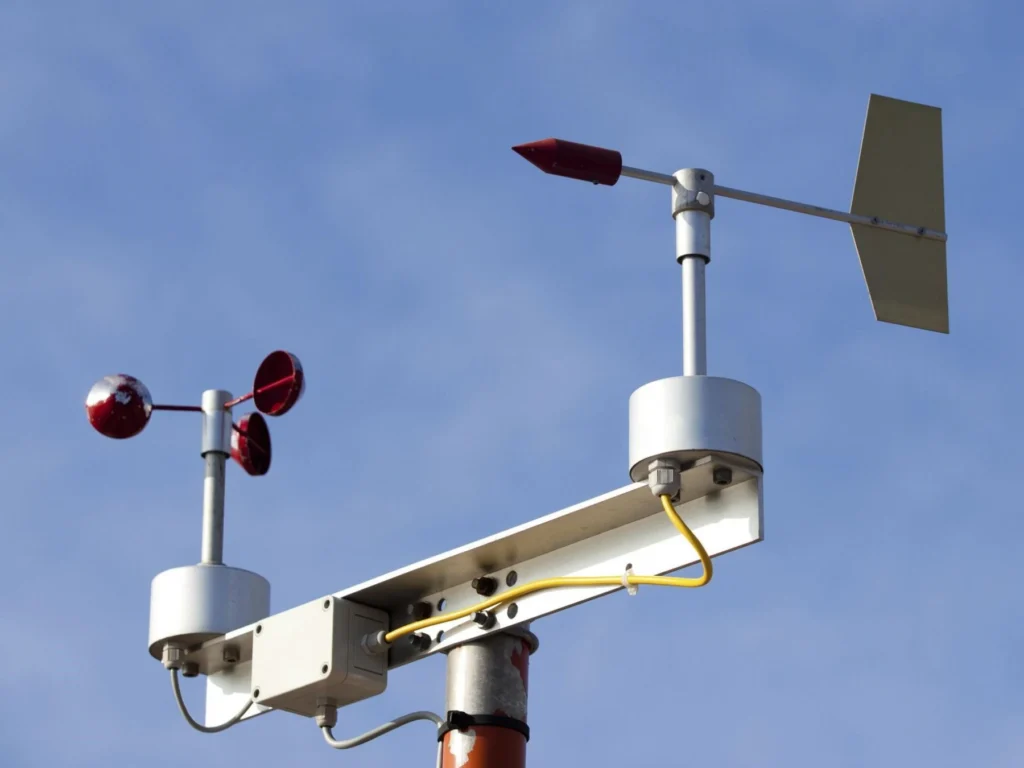
# Anemometer: The Instrument for Measuring Wind Speed
Wind speed is a crucial factor in various fields, including meteorology, aviation, and environmental studies. To accurately measure wind speed, scientists and engineers rely on a specialized instrument known as an anemometer. This device has evolved over centuries, becoming an indispensable tool in understanding and predicting weather patterns.
## What is an Anemometer?
An anemometer is a device used to measure the speed of wind. The term “anemometer” is derived from the Greek word “anemos,” meaning wind, and “metron,” meaning measure. These instruments come in various designs, each tailored to specific applications and environments.
## Types of Anemometers
There are several types of anemometers, each with its unique mechanism for measuring wind speed:
– Cup Anemometers: The most common type, featuring three or four cups mounted on horizontal arms. As the wind blows, the cups rotate, and the speed of rotation is proportional to the wind speed.
– Vane Anemometers: These devices combine a wind vane with a propeller. The vane aligns with the wind direction, while the propeller’s rotation speed indicates the wind speed.
– Hot-Wire Anemometers: Utilizing a heated wire, these anemometers measure wind speed based on the cooling effect of the wind on the wire.
– Ultrasonic Anemometers: These advanced devices use ultrasonic sound waves to detect wind speed and direction without any moving parts.
## Applications of Anemometers
Anemometers are used in a wide range of applications:
– Weather Forecasting: Meteorologists use anemometers to gather data for weather predictions and climate studies.
– Aviation: Pilots and air traffic controllers rely on wind speed measurements for safe takeoffs, landings, and flight planning.
– Environmental Monitoring: Anemometers help in assessing wind patterns for renewable energy projects, such as wind farms.
– Industrial Safety: In industries where wind conditions can affect operations, anemometers ensure safety by monitoring wind speeds.
## How to Use an Anemometer
Using an anemometer is relatively straightforward:
– Choose the appropriate type of anemometer for your specific needs.
– Position the anemometer in an open area, free from obstructions that could affect wind flow.
– Ensure the device is properly calibrated according to the manufacturer’s instructions.
– Record the wind speed readings at regular intervals for accurate data collection.
## Conclusion
The anemometer is a vital instrument for measuring wind speed, playing a critical role in various scientific and industrial applications. With advancements in technology, modern anemometers offer greater accuracy and reliability, making them indispensable tools in our quest to understand and harness the power of the wind. Whether for weather forecasting, aviation safety, or environmental monitoring, the anemometer continues to be a cornerstone in the field of meteorology and beyond.
Keyword: instrument to measure wind speed
